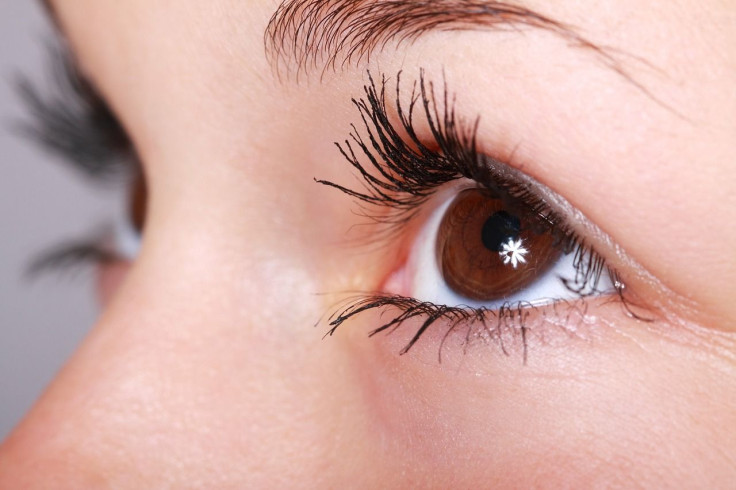July 20th is International Nystagmus Day, an effort to raise awareness of the disease that causes severe vision impairment to millions of people around the world.
Nystagmus, or dancing eye syndrome, is a condition that causes uncontrolled eye movements, leading to problems with vision, depth perception, balance, and coordination.
these years theme The theme of International Nystagmus Day is “Embracing Diversity: Shifting Perspectives” and focuses on celebrating the unique abilities and experiences of people with nystagmus.
there are two type Nystagmus: Infantile nystagmus syndrome (INS) – a congenital condition at birth – and acquired nystagmus, which develops later in life as a result of illness or injury.
Congenital nystagmus causes blurred vision in both eyes and is usually diagnosed between six weeks and three months of age. In some cases, INS is inherited from a parent. Congenital nystagmus cannot be completely cured, but symptoms can be managed with appropriate treatment.
Acquired nystagmus can cause vision instability in adults. It can occur due to certain health conditions such as stroke, brain tumor, central nervous system disease, multiple sclerosis, inner ear problems, thiamine deficiency, and eye disease. It can also appear after a head injury, drinking too much alcohol, or using certain sedatives and antiepileptic drugs. Acquired nystagmus can sometimes be corrected by correcting the underlying medical condition.
signs of nystagmus
- involuntary eye movements
- Vague imagine or poor vision
- dizziness and balance problems
- night vision problem
- sensitive to light
An ophthalmologist performs different tests, such as eye movement recordings, neurological exams, ear exams, and CT and MRI scans, to diagnose the condition.
Treatment for nystagmus includes the use of glasses, contact lenses, medicines, and eye muscles or vision correction surgery.
Tips for living with this disease
- reduce glare Use tinted glasses indoors.
- Adjust the colors, fonts, and brightness of your computer while using it.
- Improve lighting and use large print books for reading.
- Take breaks between readings to give your eyes a rest.
- If your child has nystagmus, tell the teacher about it.
- Encourage children with nystagmus to use their zero point by holding the book closer to read.
- Use properly prescribed contact lenses and eyeglasses.

Pixar
Published by Medicaldaily.com


